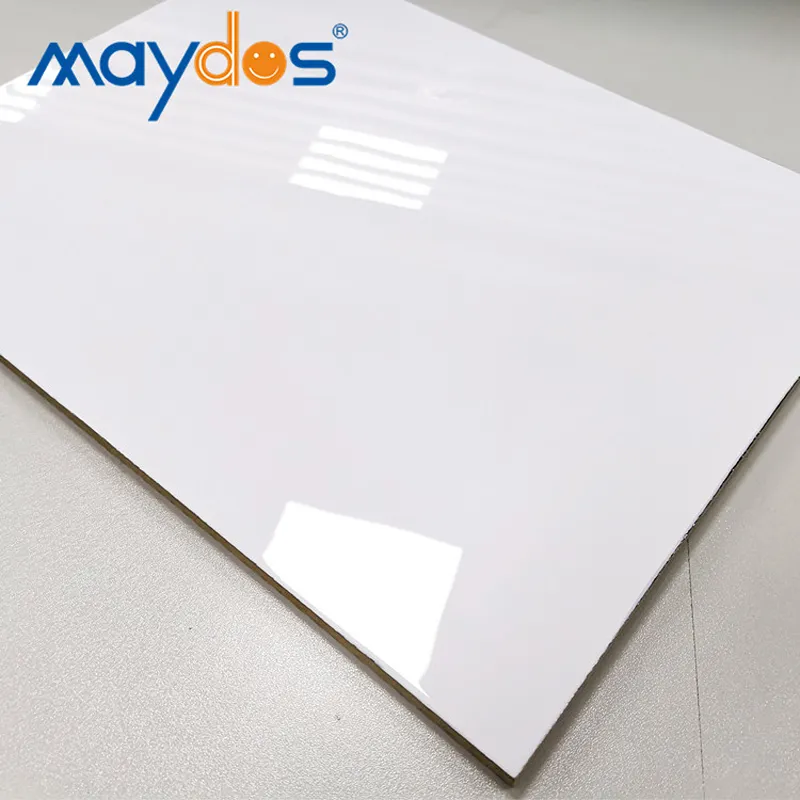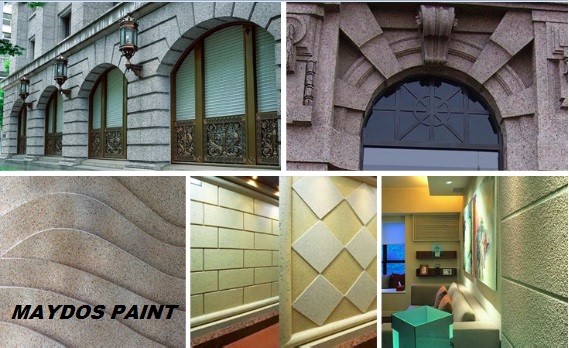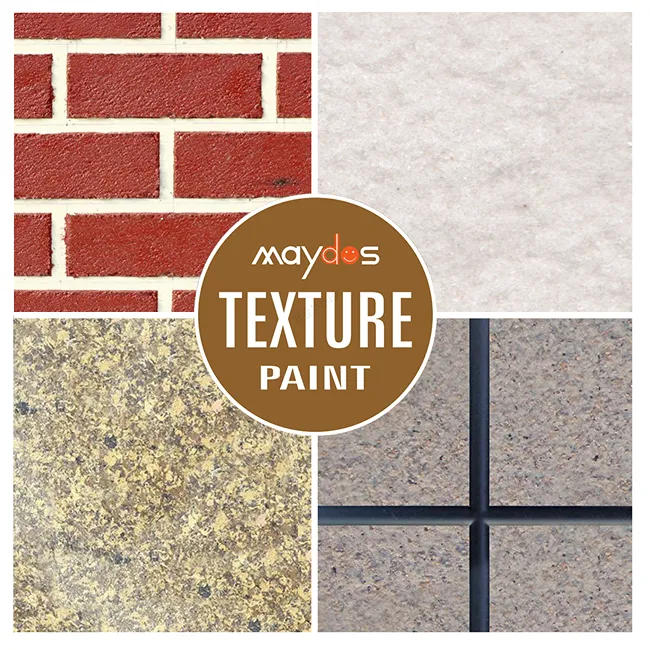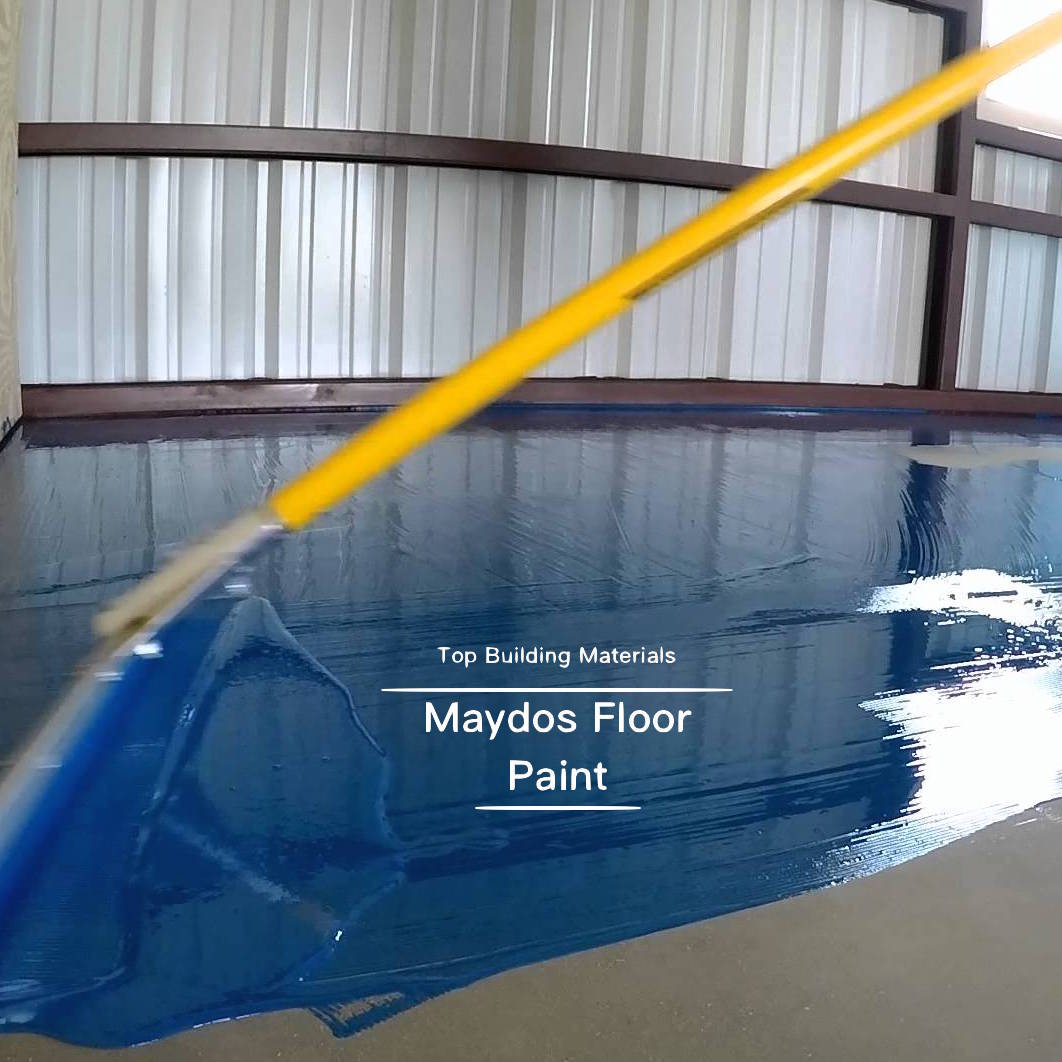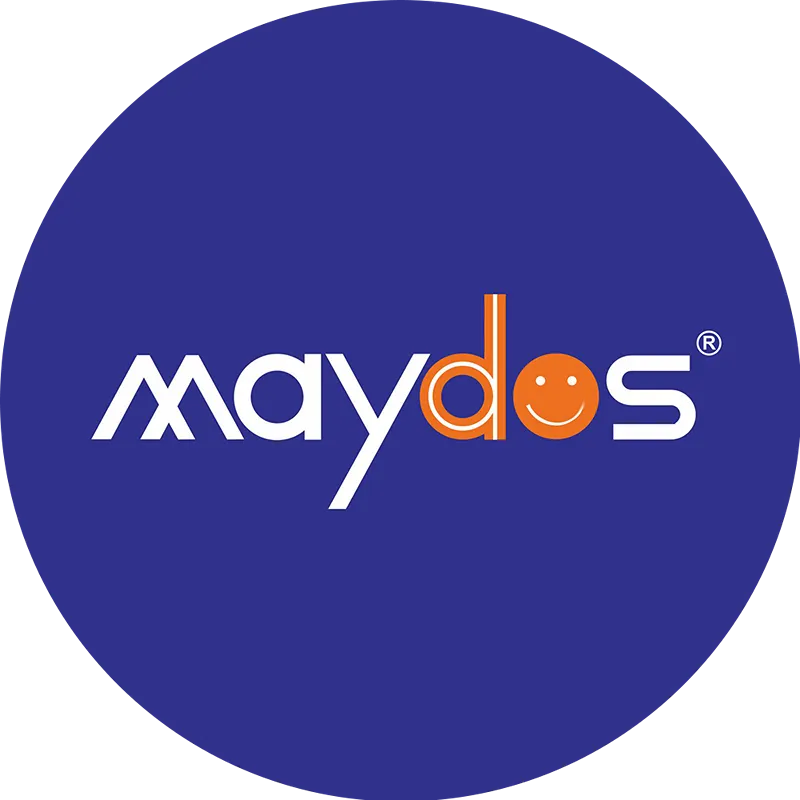Coating Factory
You can protect the surfaces of your building from a variety of elements by choosing to have your building coated. There are several ways you can do this, including the use of coatings or powder coatings. It is important to understand the different steps of the process, so that you can select the best option for you.
Cleaning process for coatings
Cleaning is a critical part of the manufacturing process. The quality of a finished product depends on the surface quality of the material. There are many different ways to remove contaminants from a surface. These include chemical methods, mechanical methods, and the use of water-based cleaning solutions.
Using an appropriate solvent is a great way to remove grease and dirt from the surface of a metal component. Generally speaking, a water-based alkaline cleaner is the best choice for this purpose. It is usually followed by a good rinse and drying.
Various types of cleaners are available, but the most effective will be able to remove both water-soluble and oil-soluble salts from the surface. This is especially important in the case of steel.
A simple way to test the efficacy of a cleaner is by placing a small sample in a beaker with a solution at different temperatures. After 30 minutes, the cleaning performance of the solution plateaued.
Another way to determine the cleaning efficacy of a given cleaner is by testing it on a mock up. This is a good idea if you’re not familiar with the exact specifications of the material you’re cleaning.
An online search should reveal the names of various semi-aqueous cleaning solutions, along with their properties. They are often marketed as safer alternatives to chlorinated and halogenated solvents. However, their use does not necessarily require you to buy new equipment. Many of these solutions can be recycled.
Other common methods of cleaning include solvent washing and steam cleaning. Each has its advantages and disadvantages, and both are suited for varying applications. Depending on the type of coating you’re applying, the cleanliness of your substrate can greatly affect its performance.
Preparation of substrates
The preparation of substrates in coating factories requires a range of activities. These include mechanical and chemical cleaning, sand basting and shot blasting, among others. Depending on the application, the required level of surface preparation may vary.
The ultimate goal of surface preparation is to make sure that the substrate is free from dirt and other contaminants that could otherwise interfere with the coating process. A proper surface preparation also enhances the adhesion of the final coating. Various types of coatings are designed for specific types of substrates, so the appropriate coating must be selected.
Using a properly formulated primer can help prevent the formation of surface-level defects. In addition to cleaning the substrate, a good primer will also assist the coating in bonding to the substrate.
Choosing a suitable primer is a matter of product compatibility and a thorough inspection of the surface. Whether you’re applying a high-end epoxy, a water-based acrylic or a synthetic resin, you’ll want to ensure that the primer is up to the task.
Preparing the substrate for painting involves a variety of steps, from mechanical cleaning to acid etching and spraying. As with all industrial coatings, ensuring that the substrate is clean and dry is the top priority.
While some coatings will rely on a physical or chemical bond to the substrate, other coatings will be more effective when a coating is applied to a perfectly prepared surface. This is important for both safety and durability.
If you’re not confident in your abilities to prepare the substrate, it’s a good idea to hire a professional. An expert will know what to look for and how to remove dust, debris and moisture without damaging your building.
Powder coating is a dry finishing process
A powder coating is a dry finishing process that uses finely ground particles of pigment and resin to produce a durable and long-lasting finish. It provides a range of finishes, including high gloss, low gloss, metallic, and specialty effects.
Powder coating is used in a variety of manufacturing applications. While it is commonly applied to metal, it can be used on a variety of other surfaces as well.
The powder coating process involves three main stages: preparation, application, and curing. In the preparation stage, the surface to be coated is cleaned and prepared. Impurities on the surface can affect the adhesion of the coating. There are several ways to remove impurities, but the choice is dependent on the performance requirements of the finished product.
After the initial processing is completed, the part is placed in a large, high-temperature oven. After the parts have cured, they are able to be packaged.
Choosing a powder coating for your project can be an excellent way to create a cost-effective and long-lasting finish. The finish is resistant to scratches and abrasion, and is suitable for everyday items as well as industrial equipment.
Powder coating is also a good option for decorative applications. For instance, it works very well with uplights, wall lights, and other features. Another advantage of powder coating is its ability to repel corrosive materials.
In addition, the powder coating process can be a safer and more environmentally friendly alternative to other finishing methods. Since it does not contain solvents, it does not release toxic or volatile organic compounds into the air. This minimizes the need for air pollution control equipment.
With its many benefits, it is no wonder that powder coating is becoming the preferred finishing technique in the metal fabrication industry.
Protect manufactured substrates from corrosion and other sources of damage
For many industries, preventing corrosion is a top priority. It is not only important for the safety of your products and equipment, but it can save you money in the long run.
Corrosion is a natural process in which atoms of metal combine with other elements in the environment. It can take place on a variety of materials, including steel, stainless steel, aluminium alloys, and passivating layers on stainless steel. Depending on the conditions, it can result in dramatic changes in the material’s properties, which may affect its function.
While some of the components involved in corrosion are natural, there are also man-made substances that can accelerate the corrosion process. One example is the presence of salts on the metal’s surface. Some salts are highly conductive. Taking steps to remove salts can help prevent corrosion.
The best method to prevent corrosion is to apply a protective anti-corrosion coating. This can be an organic coating (paint) or a thick film coating that can be abrasion resistant. Regardless of the coating chosen, it must be applied correctly.
Another way to prevent corrosion is to re-coat a metal surface after the original coating has failed. A sacrificial metal coating such as zinc can protect a metal from rusting. Other methods include applying an impressed current to a metal surface. In this case, the anode and cathode would be the two most crucial elements in the equation.
There are other forms of corrosion control, such as barrier formation and disrupting an electrochemical corrosion cell. However, it is impossible to apply these techniques to all the metal surfaces in a facility. Nevertheless, these measures can have a dramatic impact on the safety of manufactured substrates.
ArmorPoxy II Epoxy Floor Coat
The ArmorPoxy II Epoxy Floor Coating is an industrial grade coating that is four times thicker than regular floor paint and has a superior abrasion resistance. This coating is designed for demanding applications such as manufacturing facilities, warehouses, and commercial or retail stores. It is also a cost-effective option.
There are hundreds of epoxy products available to choose from. Some of them are designed to offer cost-savings or to provide military-grade wear protection. Others are labeled as Industrial or Commercial Grade.
If you’re looking to install an epoxy coating in your home or office, there are several things to consider. One of the most important is the abrasion rating. A coating that has a poor abrasion rating will become dull and worn out fast.
Another important thing to consider is the UV additives. Many epoxies will yellow if they are not treated with a Urethane topcoat. In addition, some epoxies are not 100% solids.
While a lower abrasion loss rating does not mean that the coating is of poor quality, it can mean that the coating will not withstand the impact of traffic. That’s why it’s critical to buy an actual topcoat.
If you’re working with an epoxy that has a topcoat, it’s crucial that you purchase a high-quality one. For example, ArmorPoxy II is a high-grade epoxy, but it is also available in a low VOC formulation.
Fortunately, you don’t need a degree in engineering to install an ArmorPoxy II coating. A coating kit is available that includes everything you need to get the job done. You’ll also receive free shipping and unlimited telephone support. Purchasing an ArmorPoxy coating kit is a great way to save time and money.








